|
|
|
Hansen's Northwest Native Plant Database |
|
|
|
Ribes sanguineum (Red-Flowering Currant)
|
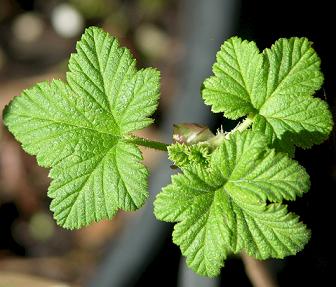 |
||||||||||||||||||||||||||||||
|
Note: Throughout the years I've written short articles for our website's home pages (home pages are the front page of a website) about these plants. They are now included at the bottom of this page, and are illustrated by botanical drawings and paintings, some of which are from books published from 1500 - 1900. |
|||||||||||||||||||||||||||||||
|
A beautiful, ornamental deciduous shrub, Red-Flowering Currant grows rapidly to 8-10.' The many upright stems lack the sharp spines of other currants. Gorgeous red to pink flowers bloom in spring before the leaves unfurl. Hummingbirds flock to the flowers from their southern migrations. Black, glaucous fruits are edible but not tasty. Native to the Pacific coast (USDA zones 6-10), Red-Flowering Currant prefers dry, sunny locations and is not hampered by drought. One of the best natives for your garden, it requires little care but is reliably beautiful. Highly recommended for any garden. For a short comparison of northwest native currants, click here. |
|||||||||||||||||||||||||||||||
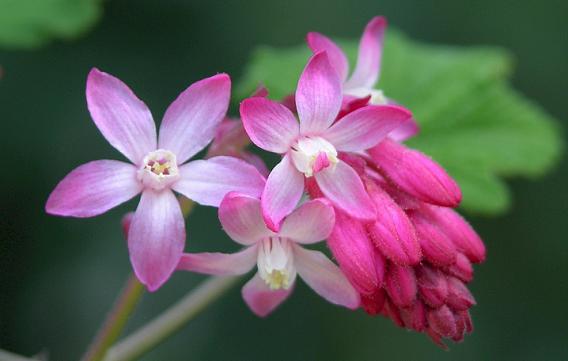
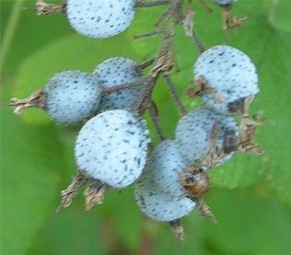
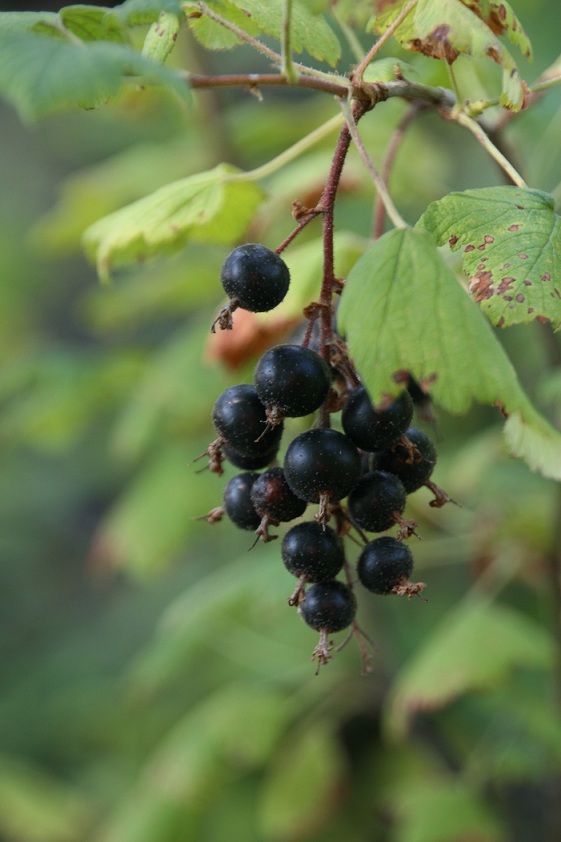
|
|||||||||||||||||||||||||||||||
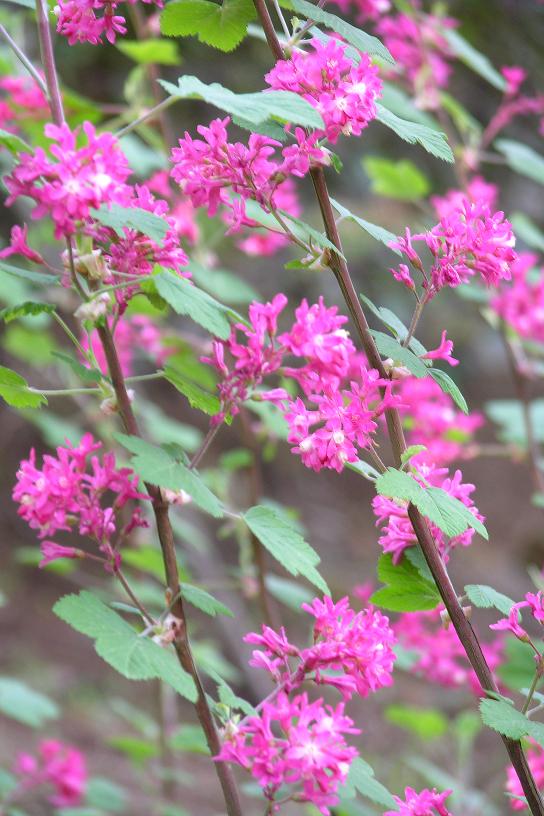
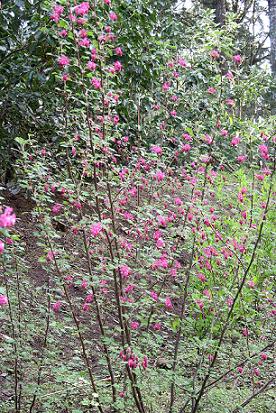
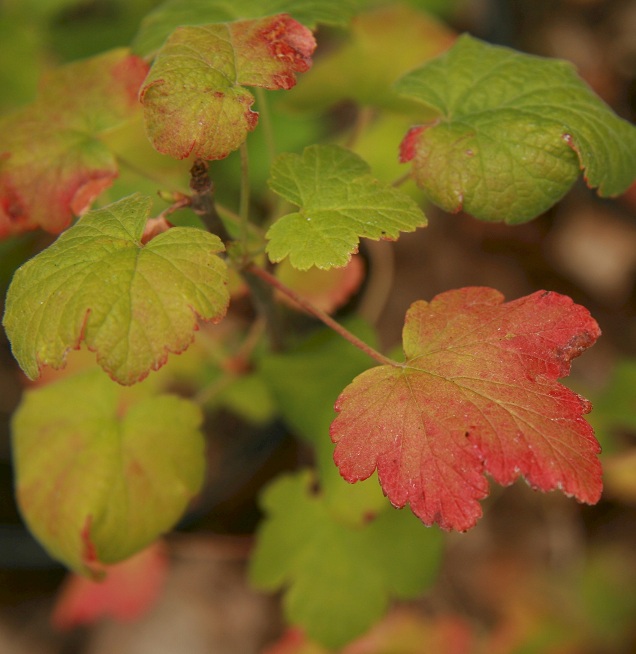 |
|||||||||||||||||||||||||||||||
|
|||||||||||||||||||||||||||||||
|
Photos We Share!
|
|||||||||||||||||||||||||||||||
|